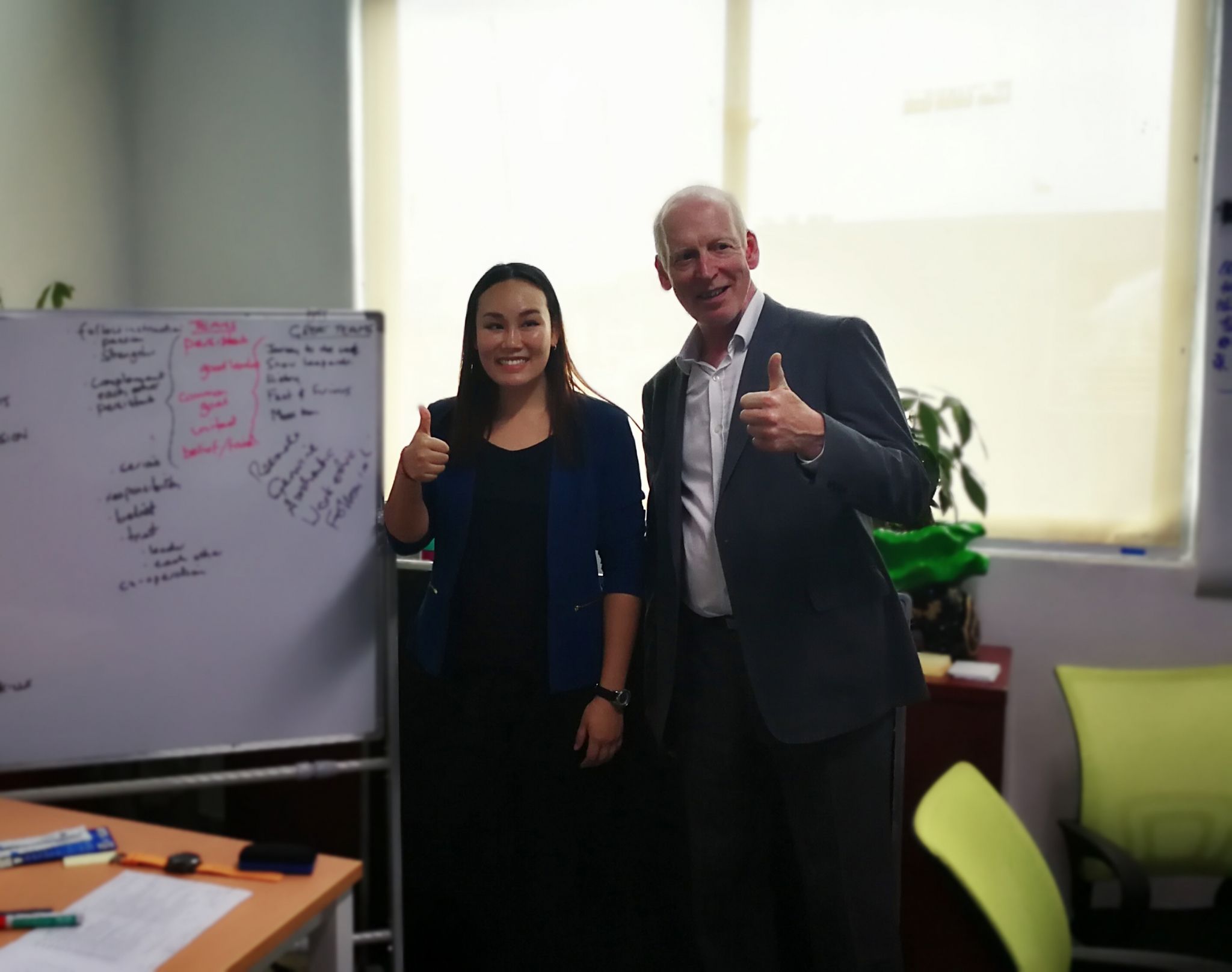By Petlo
We live in a world where we are criticised too much. We have learned that knowing our limits is a good thing. But how many of these limits are real limits? How many of them are, in fact, mental constructs that we have created as a result of harsh criticisms from others or from ourselves?
Of course, knowing our weaknesses is important. If we don’t know our weaknesses, they control us without us being aware. But when we become aware of them, what happens? There are three obvious choices:
1. Let them be. Decide they are our limits and simply aim within our reach so as not to embarrass ourselves or others.
2. Be annoyed by them. ‘I really want to be better but this is me – that is my weakness! What can I do? Some people are more blessed with more intelligence, gracefulness, analytical power… I am just not one of them. I want to be, but I am not. I hate myself.’
3. Take ownership of our weaknesses, and change or get rid of them.
Knowing is the necessary, but not the sufficient, condition. After knowing, we may decide to let our weaknesses run our lives by resigning to them, or we may decide to take control and make positive changes.
So how do we take control of them? In short, decide that they are just tendencies and not our definite limits. If they are just our tendencies, then we can break through them much more easily.
PROCRASTINATION
If you have a bad habit of procrastinating, instead of saying resignedly, “I am just like that,” you can employ different strategies to break the pattern. Become a person of your words. Start with something small, and start practising taking action immediately after saying so. For instance, “I said I was going to check my correspondence, so I will do this now”; “I said I was going to pay my credit card bills, so I will do this now.” Use Mel Robbin’s 5 Second Rule – count down from five to one and take action by one.
TIME MANAGEMENT
If you don’t manage your time well, find out where you lose your time the most and re-adjust accordingly. Is it because you don’t prioritise? If so, prioritise tasks based on their importance and plan your time accordingly.
Is it because you don’t say “no” when your colleagues dump work onto you, thus having to do others’ work as well? If so, learn to say “no” – consciously think and decide whether you have the capacity to help before saying the often automatic “yes”. If you find it difficult to say “no” because you are afraid people will dislike you, then work on your self-worth. Start by identifying your positive qualities and recognising yourself for it. We should give credit to ourselves whenever we achieve something, however small it is, so find something to compliment yourself on, every day.
Would you say that you are bad in managing your time because you are too easily distracted? If so, you can practise being more focused at work by eliminating sources of distractions. E.g. by turning the phone to silent.

COMMITMENT
If you are not committed to your work, is it because you tend to be lazy? Do you believe that the more you slack, the more advantage you are taking of the company and that this makes good maths? Does living life like this give you fulfilment? Or does commitment make work and life more pleasant?
If you tend to be lazy, you can draw a list of actions that you need to take the next day before going to bed and create a pattern where you are a person of action instead of inaction. Keep the list with you the next day so it reminds you of what you have promised yourself that you will do. Again, start with a small list, achieve it, and build on it. Soon you will be taking all the actions on your big lists and will become a committed and efficient person.
MAKING A LASTING CHANGE
All this is about building a new strategy to break the old patterns. Our weaknesses are not our definite limits; they are just our tendencies – patterns that don’t serve us. When we look at them this way, we can create new useful strategies that will rid our weaknesses or even turn them into our strengths.
Experts are often people who build on their strengths, but sometimes they are people who were once weak at their current area of competence. These people become experts by consistently working on their area of weaknesses until they surpass the average person, and then they keep improving. An example is a public speaking teacher who was once terrified at speaking. If a shy wallflower inept at social interactions can become a communications master, how difficult is it for you and me to break through our tendencies of procrastination, poor time management, lack of commitment, etc.?
It is, indeed, easy to just say, “I am a person with low self-esteem”, “I am lazy”, or, “I am disorganised”. If we are truly living a fulfilling life with all these weaknesses, then the good news is that there is no need to change. But if we don’t feel fulfilled, or if these weaknesses are causing us problems, then there is a clear need to change. And change doesn’t need to be hard; it doesn’t have to require ample willpower. It can simply take a little effort and patience.
To sum up, don’t look at your weaknesses like they are definite limits. We make them definite limits by regarding them as such, and by so doing, we let them take control of us. Look, instead, at our weaknesses as our tendencies; patterns that we have established that need revising. That way we can take actions to change them, and that is how we take control of our weaknesses and thus our fulfilment and our lives.

Petlo have just published 8 Recipes for Life, a new self-help guide packed with practical wisdom for greater professional and personal life fulfilment. It is available now on Amazon UK, priced £11.11. For more information visit www.petlo.co.uk.

